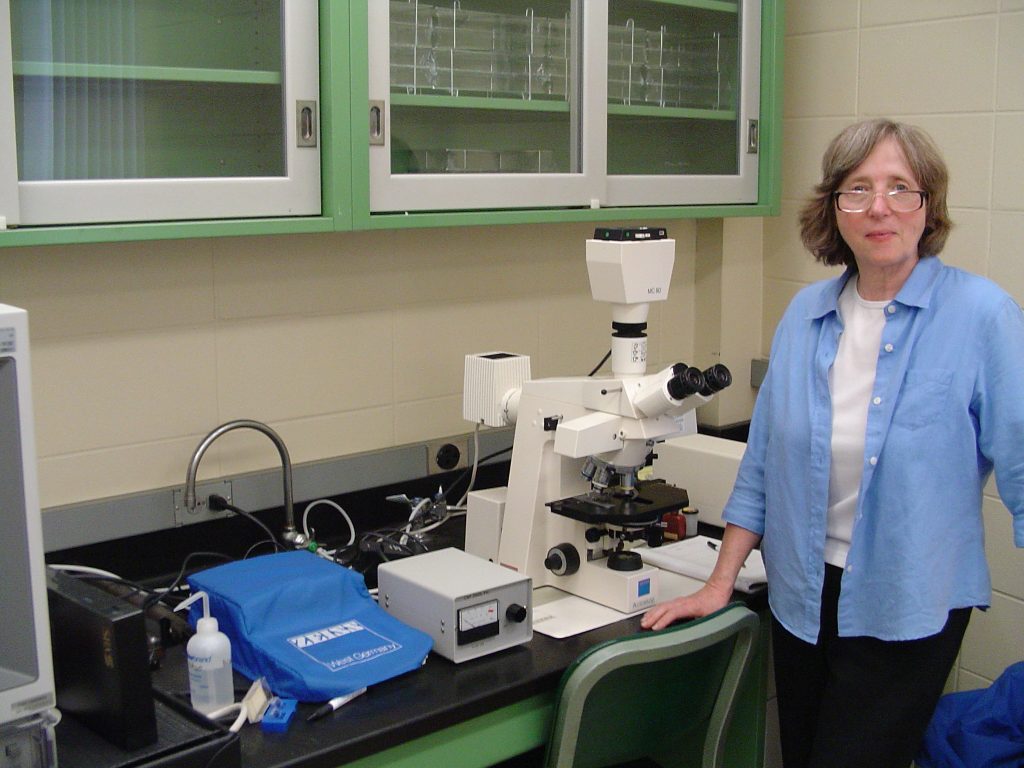By Will Blackwell

Martha J. Powell was born in Charlotte, North Carolina. She attended Western Carolina University where she received her undergraduate degree in biology-education, subsequently receiving her PhD (1974) in botany from The University of North Carolina (UNC), Chapel Hill, under the direction of Dr. William J. Koch. Following graduation from UNC, Powell held a postdoctoral research position at Purdue University, working with Dr. Charles E. Bracker on isolation and characterization of fungal-cell organelles. Powell then sequentially held faculty positions at Miami University, Ohio (distinguished professor of botany), James Madison University (chair and professor, Department of Biology), and The University of Alabama (chair and professor, Department of Biological Sciences).
Powell served as Treasurer, Vice President, President, and Program Director of the Mycological Society of America, and was selected as a Fellow of MSA. Relatively early in her career, Powell received the C. J. Alexopoulos Prize for her published research in mycology. Her research over the years has remained focused on the ultrastructure and cytochemistry of motile spores of Chytridiomycota, Blastocladiomycota, Cryptomycota, and Oomycota. This research was supported by multiple grants from the National Science Foundation. She presently has more than 140 research publications. Teaching was also always important to Powell. In her more than four-decades as an educator, she has instructed a great many students in the subjects of biology, botany, cell biology, mycology, and plant pathology; furthermore, she has continuously served as a mentor to both undergraduate and graduate students. Her educational outreach programs at the University of Alabama have been supported by grants from the Howard Hughes Medical Institute Foundation. Powell is a recipient of the Blackmon-Moody Outstanding Professor Award at The University of Alabama.
In 2019, Powell donated approximately 450 pure chytrid culture strains (the University of Alabama Chytrid Culture Collection) that she and her students had amassed from their research to help found the CZEUM collection.